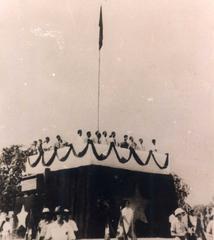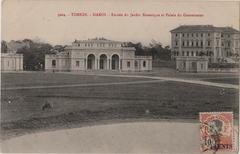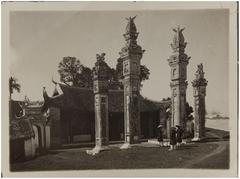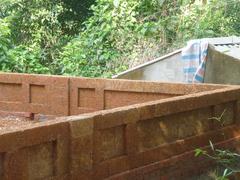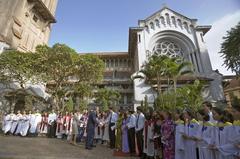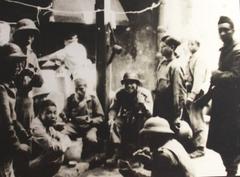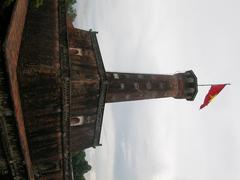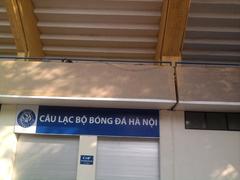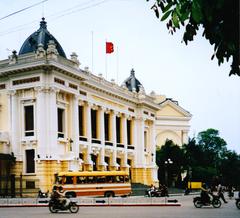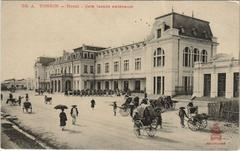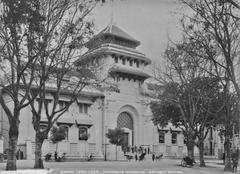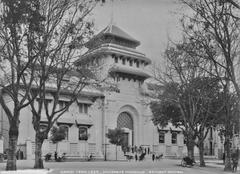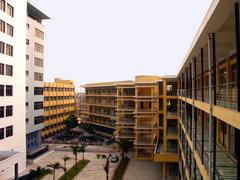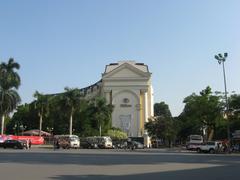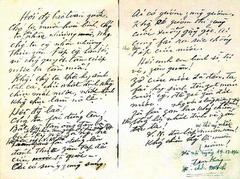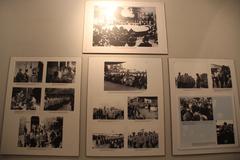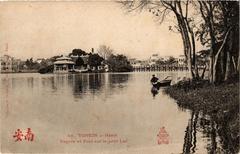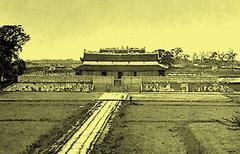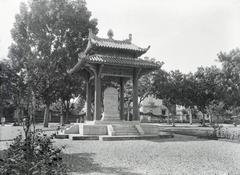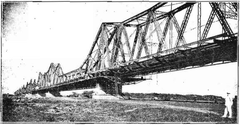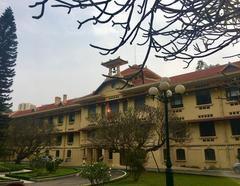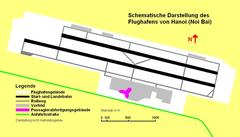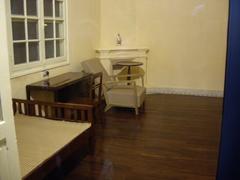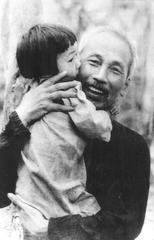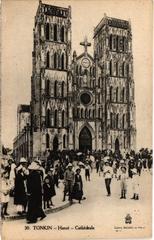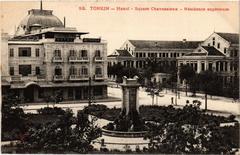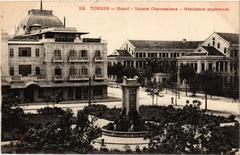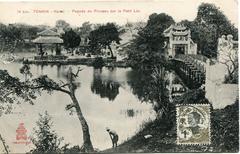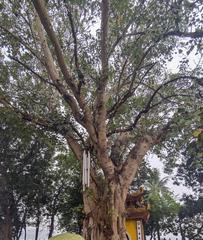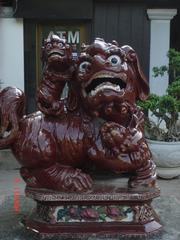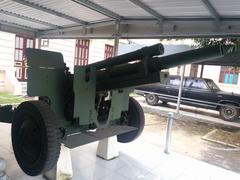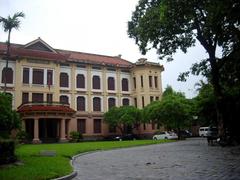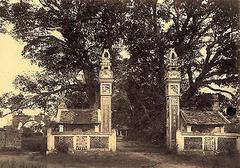
Visiting Quảng trường Ba Đình: Hours, Tickets, and Historical Significance
Publication Date: 18/07/2024
Introduction to Quảng trường Ba Đình
Quảng trường Ba Đình, or Ba Đình Square, is an iconic landmark situated in the heart of Hanoi, Vietnam. This historic site is not only a testament to the nation’s rich cultural heritage but also a symbol of its enduring spirit and resilience. Steeped in history, Ba Đình Square is the place where Ho Chi Minh proclaimed the Declaration of Independence on September 2, 1945, marking the birth of the Democratic Republic of Vietnam. The square’s name itself pays homage to the Ba Đình uprising, a significant peasant rebellion against French colonial rule in the late 19th century. (source) (source).
Today, Ba Đình Square is a harmonious blend of historical significance and modern development. It houses the Ho Chi Minh Mausoleum, where visitors can pay their respects to the beloved leader. The square also serves as a venue for grand military parades, national celebrations, and cultural events, making it a vital part of Vietnam’s social and political landscape. This comprehensive guide provides essential information for visitors, including historical context, visiting hours, ticket prices, travel tips, and nearby attractions.
Table of Contents
- Introduction
- Historical Background
- Visitor Information
- Nearby Attractions
- Accessibility
- Special Events and Tours
- FAQ
- Conclusion
Exploring Ba Đình Square - History, Visiting Hours, Tickets, and More
Historical Background
Early Days and Colonial Influence
Before its rise to national prominence, the land where Ba Đình Square now stands was known as the “Cánh đồng Xạ,” or the “Shooting Range.” This area, located to the west of Hanoi’s citadel, served as a military training ground during the Nguyễn dynasty, the last ruling dynasty of Vietnam.
The arrival of French colonialism in the late 19th century brought significant changes. The French, establishing their Indochinese Union, repurposed the Cánh đồng Xạ into a botanical garden, a verdant space intended for leisure and showcasing exotic flora. This period marked a shift in the area’s function, transitioning from a place of martial exercises to one of colonial influence.
The Birth of a Nation and a Square
The year 1945 marked a turning point in Vietnamese history. It was on September 2nd, at the then-unnamed Ba Đình Square, that Ho Chi Minh, the revered leader of the Vietnamese independence movement, read the Declaration of Independence, proclaiming the birth of the Democratic Republic of Vietnam. This pivotal moment, witnessed by half a million Vietnamese, forever etched the square into the nation’s consciousness.
The square’s name, “Ba Đình,” itself carries historical weight. It commemorates the historic Ba Đình village uprising against French colonialism in 1886-1887. This peasant rebellion, though ultimately unsuccessful, became a potent symbol of Vietnamese resistance against foreign rule. By naming the square “Ba Đình,” the newly independent nation paid homage to this spirit of defiance and the sacrifices made in the struggle for freedom.
A Place of National Significance
Following independence, Ba Đình Square transformed into a site of immense national importance. It became the stage for grand military parades, vibrant celebrations of national holidays, and solemn commemorations of significant events. The square, with its historical resonance, served as a powerful symbol of Vietnamese unity and national pride.
The Mausoleum and its Significance
In 1975, the Ho Chi Minh Mausoleum was inaugurated in Ba Đình Square, further solidifying the location’s historical and political significance. This imposing granite structure, inspired by Lenin’s Mausoleum in Moscow, houses the embalmed body of Ho Chi Minh, allowing the Vietnamese people to pay their respects to the leader who guided them to independence.
The presence of the Mausoleum transformed Ba Đình Square into a place of pilgrimage, drawing Vietnamese citizens from all corners of the country and international visitors seeking to understand Vietnam’s past. The square became a tangible link to the nation’s struggle for self-determination and a testament to the enduring legacy of Ho Chi Minh.
Ba Đình Square Today - A Fusion of History and Modernity
Today, Ba Đình Square stands as a harmonious blend of historical significance and modern development. While it remains a place of reverence and national pride, it has also evolved into a vibrant public space. Locals and tourists alike flock to the square, drawn by its historical aura, expansive greenery, and the opportunity to witness the changing face of Hanoi.
The square’s historical significance is undeniable, serving as a constant reminder of Vietnam’s past struggles and triumphs. Yet, it also reflects the nation’s progress and its embrace of the future. Ba Đình Square is not merely a relic of the past; it’s a dynamic space where history intersects with the present, offering a unique glimpse into the heart and soul of Vietnam.
Visitor Information
Visiting Hours and Tickets
Ba Đình Square is open to the public throughout the year. The Ho Chi Minh Mausoleum has specific visiting hours, typically from 7:30 AM to 10:30 AM, except on Mondays and Fridays. During the summer months, the hours may be extended. Entrance to Ba Đình Square is free, but there may be a fee to enter the Mausoleum.
Travel Tips
- Dress Appropriately: Visitors to the Ho Chi Minh Mausoleum should dress respectfully. Shorts, sleeveless shirts, and hats are not allowed inside the Mausoleum.
- Security Checks: Be prepared for security checks at the entrance. Cameras and large bags are typically not allowed inside the Mausoleum.
- Best Time to Visit: Early mornings are the best time to visit to avoid the crowds and the heat.
Nearby Attractions
- One Pillar Pagoda: A historic Buddhist temple located near Ba Đình Square.
- Ho Chi Minh Museum: Offers a comprehensive look at the life and legacy of Ho Chi Minh.
- Presidential Palace: A beautiful colonial building that was once the residence of the Governor-General of Indochina.
Accessibility
Ba Đình Square is accessible to visitors with disabilities. Wheelchair ramps and accessible restrooms are available in the area.
Special Events and Tours
Guided Tours
Several guided tours of Ba Đình Square and its surrounding attractions are available. These tours provide in-depth historical context and are a great way to learn more about the area’s significance.
Photographic Spots
- The Flagpole: A popular spot for photographs, symbolizing Vietnamese independence.
- Mausoleum’s Exterior: The imposing structure of the Mausoleum makes for a striking backdrop.
- Gardens: The lush greenery around Ba Đình Square offers plenty of scenic spots for photography.
FAQ
- What are Ba Đình Square’s visiting hours? Ba Đình Square is open year-round. The Ho Chi Minh Mausoleum is typically open from 7:30 AM to 10:30 AM, except on Mondays and Fridays.
- Is there an entrance fee for Ba Đình Square? Entrance to Ba Đình Square is free, but there may be a fee to enter the Ho Chi Minh Mausoleum.
- What should I wear to visit the Mausoleum? Visitors should dress respectfully. Shorts, sleeveless shirts, and hats are not allowed inside the Mausoleum.
Conclusion
Ba Đình Square is a must-visit destination for anyone interested in Vietnamese history and culture. From its rich historical background to its modern-day significance, the square offers a unique glimpse into the heart and soul of Vietnam. Plan your visit today to experience this iconic site firsthand.
For more updates and travel tips, download our mobile app Audiala, and follow us on social media.

